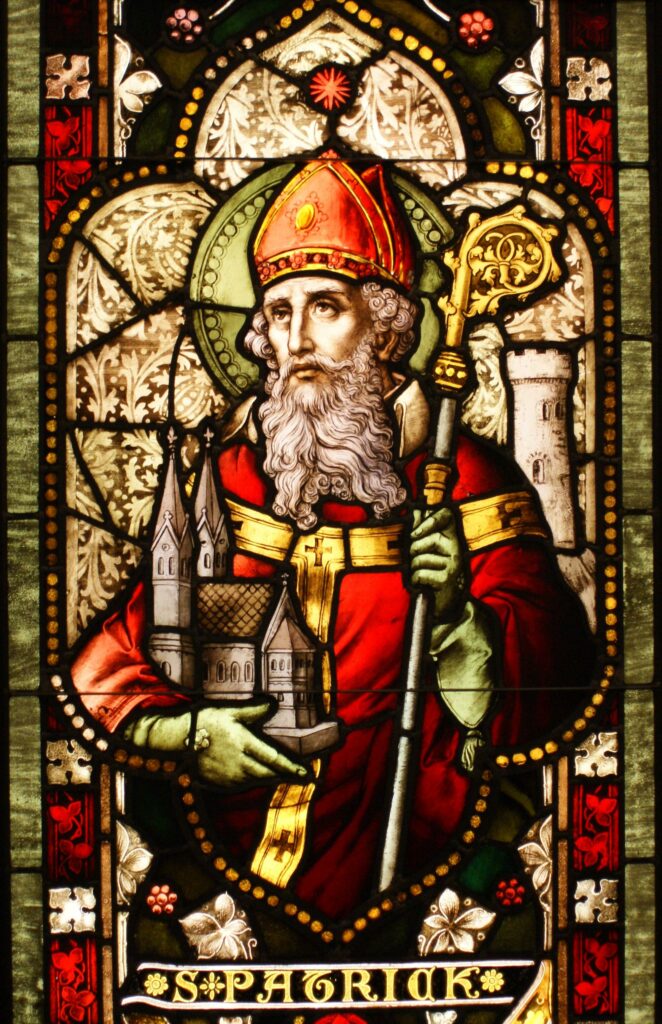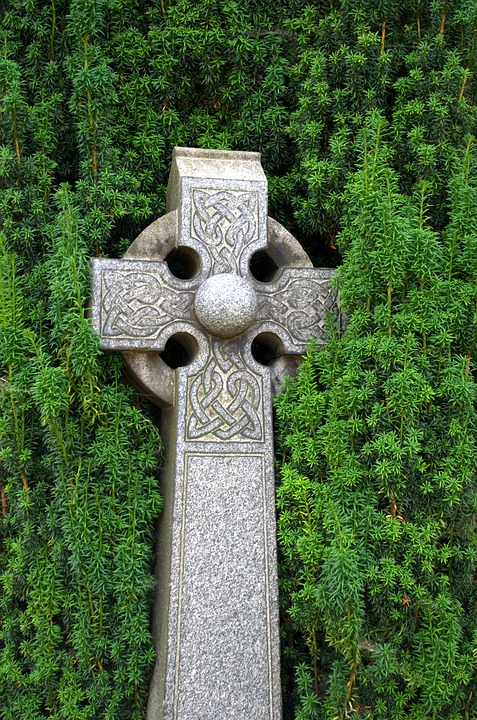Everyone wants to be Irish on St. Patrick’s Day
Saint Patrick is the patron saint and national apostle of Ireland. He is credited with bringing Christianity to the island. His feast day is celebrated on March 17th and in Ireland it is both a holy day and a national holiday.
The History of St. Patrick
St. Patrick was born to wealthy parents in the late fourth century in what is now Wales. Until the age of 16, he thought of himself as a pagan. He was kidnapped and sold as a slave by Irish marauders. It was during this capture that he turned to God.
He managed to escape after being a slave for six years and then studied in a monastery in Gaul (modern day France) for 12 years. This was when he knew that his ‘calling’ was to try and convert all the pagans in Ireland to Christianity.
St. Patrick went around Ireland founding monasteries and converting people to Christianity. After 30 years of being a missionary in Ireland, he finally settled in a place called County Down. He died on the 17th of March, AD 461.
The Legend of St. Patrick
According to legend, Saint Patrick used a shamrock to explain about God. The shamrock, which looks like clover, has three leaves on each stem. Saint Patrick told the people that the shamrock was like the idea of the Trinity, that in the one God there are three divine beings: the Father, the Son and the Holy Spirit. The shamrock was sacred to the Druids, so Saint Patrick’s use of it in explaining the trinity was very wise.
Another tale about Patrick is that he drove the snakes from Ireland. Different versions of the story, tell of him standing upon a hill, using a wooden staff to drive the serpents into the sea, banishing them forever from Ireland.
One version says that an old serpent resisted banishment, but that Patrick outwitted him. Patrick made a box and invited the snake to enter. The snake insisted it was too small and the two argued. Finally to prove his point, the snake entered the box to show how tight the fit was. Patrick slammed the lid closed and threw the box into the sea.
Although it’s true that Ireland has no snakes, this likely had more to do with the fact that Ireland is an island and being separated from the rest of the continent the snakes couldn’t get there. The story is likely a metaphor for driving paganism from the island. (serpents were a common symbol in many of these religions).
The Celebrations
Although it began in Ireland, Saint Patrick’s Day is celebrated in countries around the world. People with Irish heritage remind themselves of the green countryside of Ireland by wearing green and taking part in the festivities. Christians attend church in the morning and celebrate in the afternoon (although pubs in Ireland were closed on March 17 by law until 1995). The rules of Lent are waived and revelers traditionally eat Irish bacon and cabbage.
It continues to be celebrated in:
Great Britain: London, since 2002, has had an annual St Patrick’s Day parade which takes place on weekends around the 17th, usually in Trafalgar Square. In 2008 the water in the Trafalgar Square fountains was dyed green.
United States: The Chicago River has been dyed green every year since 1962.
Canada: One of the longest-running and largest St Patrick’s Day parades in North America occurs each year in Montreal, whose city flag includes a shamrock in its lower-right quadrant.
Argentina: In Buenos Aires, a party is held in the downtown street of Reconquista, where there are several Irish pubs; in 2006, there were 50,000 people in this street and the pubs nearby.
Montserrat: The tiny island of Montserrat is known as the “Emerald Island of the Caribbean” due to its founding by Irish refugees.
And even on the International Space Station
Questions
- When is St Patrick’s Day?
- Why is this day celebrated as St Patrick’s Day?
- Where is it celebrated?
- When was St Patrick born?
- What happened to St Patrick at the age of 16?
- What did the saint see as his ‘calling’?
- What is a shamrock?
- What use did St Patrick make of the shamrock?
- Did St Patrick drive all the snakes out of Ireland?
- What should you wear on St Patrick’s Day?
- What do children do on St Patrick’s Day?
- What do people traditionally eat on St Patrick’s Day?
If you want to enjoy some more St Patrick’s Day reading check out Prospero Integrated’s Top 10 Non-conventional Things to Do on St. Patrick’s Day.
You can find other free lessons ideas and resources from Prospero Teaching here.
Are you looking to start a new job teaching religious studies? Have a look on our job page to find religious studies positions across the UK.
We also offer a wide range of FREE accredited CPD courses.
Did you find this resource useful? Are there are free teaching resources you’d like us to provide? Do please tell us
Teaching Blog
No results found.....



